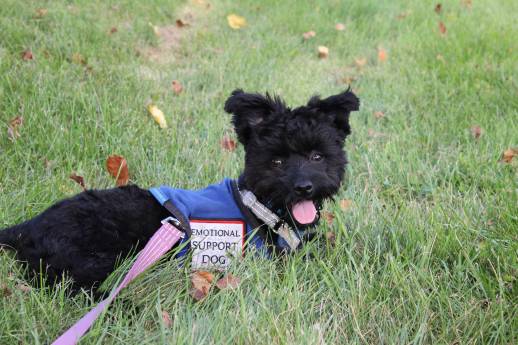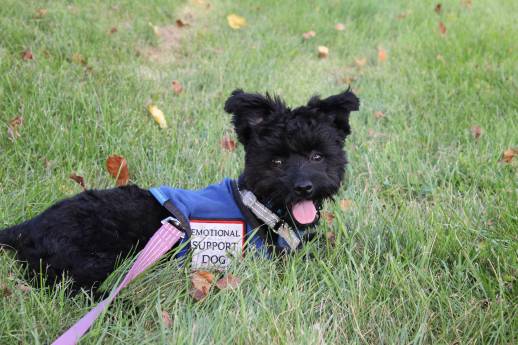We are all unique in our own way and sometimes, it is important to have someone who understands and can relate to you. Emotional support animals (ESA) are just that, animals that are trained to assist those with disabilities. These animals do not need to be certified by a professional but simply by the person who has a disability.
We help people get the proper documentation to make their pet an official Emotional Support Animal. Online approval in minutes - Housing & Travel letters.
How Emotional Support Animals Differ from Service Animals?
Service animals are dogs that are trained to assist a person with a disability. Service animals do not need to be certified by a professional and can simply be recognized by the disability they assist. This is different from emotional support animals, which can be cats, birds, rabbits, guinea pigs, or any other type of animal.
To qualify for an emotional support animal, you must have a disability (not just psychological) that causes anxiety or fear that you cannot manage on your own. Your doctor must write a letter confirming your diagnosis of this disability.
This letter must also explain in detail how your disability affects you physically and mentally and how your animal will help reduce these symptoms for you. There are some states that require training in order for the animal to become an ESA.
Your emotional support animal must be housebroken and well-behaved. You cannot take them outside without proper attire. They cannot bark excessively or otherwise make noise that would disturb others in the building or neighborhood. Your ESA must not bite or scratch anyone else or be violent in any way.
While you are allowed to have more than one emotional support animal, it’s not always legally allowed for the animal to have two handlers. Some places do state it is legal for an emotional support animal to have two handlers. But before we get into the details of why that is not the case in other places, let’s first go over the issue of who can be a handler.
We help people get the proper documentation to make their pet an official Emotional Support Animal. Online approval in minutes - Housing & Travel letters.
In general, the term handler means anyone who has direct control over the ESA. This includes family members and people who are able to provide care or assistance to your ESA. So basically anyone who you trust with your pet’s safety and well-being should be able to serve as a handler.
Most states treat pets as personal property and in cases of divorce or other similar things, the state may ask you to surrender your ESA. If you are able to prove that your ESA is in the care of a handler, then you can keep them. If not, then they must be surrendered and either euthanized or put up for adoption.
In conclusion, emotional support animals are great if you need them. However, they are not legally considered service animals and they cannot be the only animal in your home. You can have more than one ESA, but it is not always legally allowed for them to have two handlers.

Kim
Kim is a talented author, who loves animals especially dogs. She engaged in writing books and articles relating to animals a decade ago. Kim resides in Chicago with her husband and son. The family is the proud owner of a dog and a parrot (Jack and Lily). Kim wanted more than these two pets, but her husband put his foot down... She often visits elementary schools to talk to the kids about what she learned about pets and how they could learn from them.
Review symptoms, medications & behavior to keep your pets healthy with a Vet Online in just minutes.
Ask a Vet Live Now




